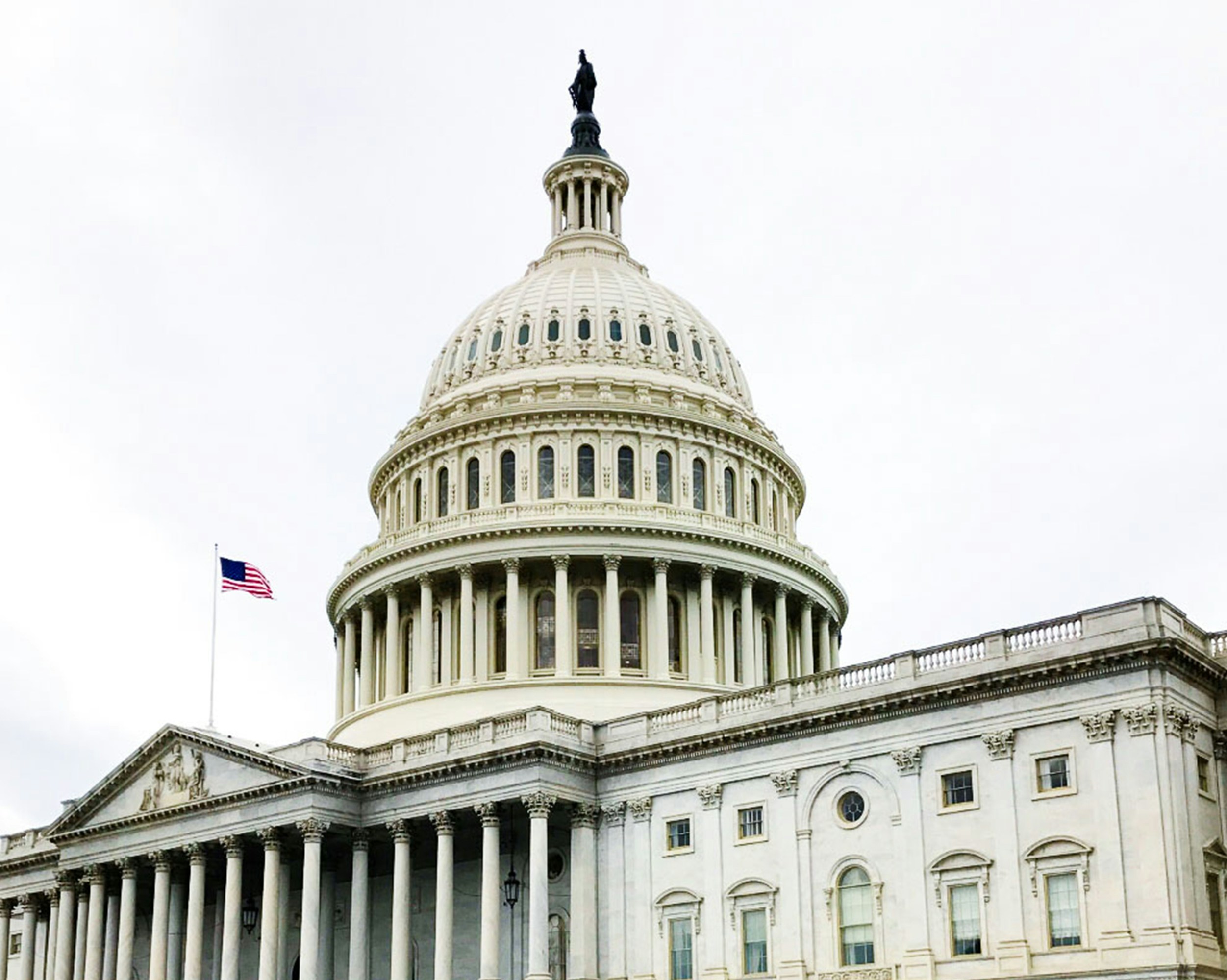
Union Membership Continues to Increase
- Breaking News
Unions gained 191,000 new members during 2023, according to the U.S. Bureau of Labor Statistics, continuing its upward trend. During 2022, unions gained 273,000 new members. The age group with the highest increase was 35-44 years, with an increase of 62,000, followed by ages 45-54 years, with an increase of 45,000. Overall, private sector union membership remained at 6% (7.4 million workers). 29% of all union members live in California and New York, as do 17% of all employees nationally.
So what does all of this mean to the union-free employer? Positive public perception of unions is at a 60-year high, but remember that only 6% of private sector workers belong to unions. These are good odds for the union-free employer. Now, note that unions win 70% of all elections they request, so if an election occurs, the odds are that the employer’s workforce will join that 6%. Also, 74% of millennials (ages 28-43) would vote for a union if given the opportunity. Recent NLRB decisions further challenge the union-free employer.
The national unionization efforts at Wells Fargo, Amazon, Apple, college sports and Starbucks have created the impression of a union organizing tsunami. The perceived success of the UAW negotiations and strikes against Ford, General Motors and Stellantis has enhanced UAW organizing efforts at Southern auto manufacturers.
The public perception and reality are widely different. No Starbucks location has a labor agreement, and employees at some locations are working to decertify the union. No Amazon union election win has been certified. The Wells Fargo organizing is in small groups at various locations nationally. Whether a union-free employer remains union-free is based on that employer’s workplace and culture, alone. The fact that unions are enjoying an increase in popularity does not mean employees necessarily want a union where they work.
What should a union-free employer do to sustain that status? The following are some suggestions for your consideration:
- Assess your workplace culture: it should be one where no employee will ever feel the need to take a workplace issue off-site, whether to a union, regulatory agency, or attorney.
- Prior to implementing a decision affecting pay, benefits, or job security consider how it may be received. What should we prepare for? Who will communicate bad news? The more difficult the communication, the more important it is for leadership to own it personally: no emails. Have the courage to take the heat.
- Don’t always be right. Why don’t employees walk through open doors? Because they don’t think there’s an open mind behind the desk. Look for opportunities to change your mind based on employee feedback.
- Be sure your leaders, down to the frontline supervisors, understand the business case for remaining union free and how to communicate that to employees. Discuss with employees why union-free is important and the organization’s commitment to a culture that sustains the union-free status.
- Know the signals of potential union activity and how to react to them. If you react with a hammer, employees are less likely to discuss the subject. We want employees to know we welcome discussing the importance of remaining union-free.
- “All politics is local,” said Thomas “Tip” O’Neal, late Speaker of the House. That applies to discussions with employees about unions. “Local” means why a union is not necessary at the employee’s location. That will be more convincing to an employee than philosophical discussions about unions.
Please contact Richard Lehr for additional information and training to sustain your union-free status. RLehr@Lehrmiddlebrooks.com; (205) 323-9260.





